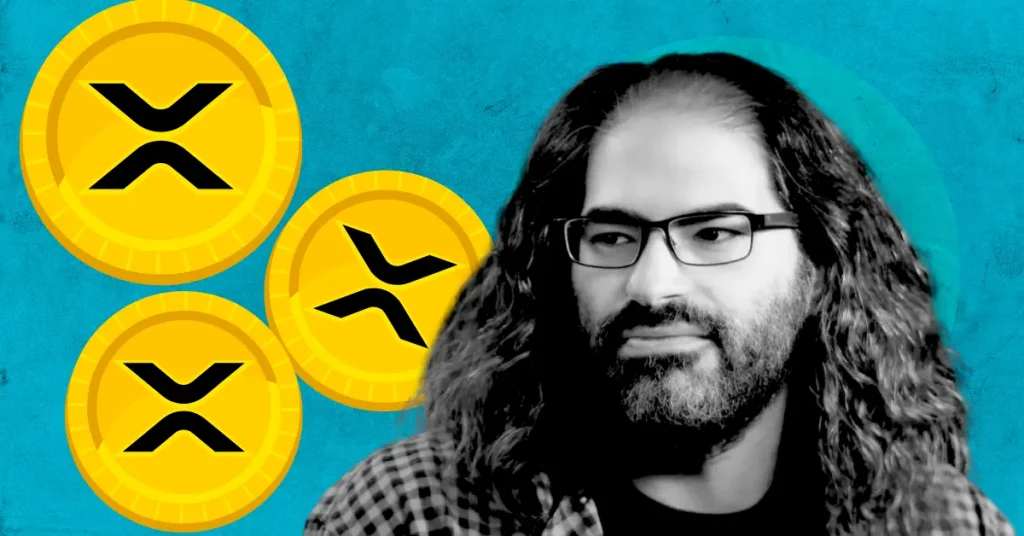Ripple CTO’s New XRP Fee Proposal Aims to Fix Overpayments – Here’s How
0
0

The post Ripple CTO’s New XRP Fee Proposal Aims to Fix Overpayments – Here’s How appeared first on Coinpedia Fintech News
Ripple’s Chief Technology Officer, David Schwartz, is back in the spotlight – this time challenging a core assumption about blockchain fees. In a candid thread on X, Schwartz asked whether users are overpaying just to get their transactions confirmed and proposed two new ideas that could reshape how fees work on the XRP Ledger.
His suggestions have already sparked lively discussion among developers and users. The goal? Make fees more fair, more efficient, and less punishing for honest users.
Proposal One: Refunds After Consensus
Schwartz’s first idea tackles a common issue in crypto – paying more than you need to.
Right now, XRP Ledger fees are dynamic but non-refundable. If you bid more than the minimum required to get your transaction through, the extra is simply burned. That means users who play it safe by overbidding end up losing money for being cautious.
To fix this, Schwartz suggests a post-consensus system: once the network agrees on which transactions make it into a ledger, it calculates the actual minimum fee needed. If a user paid more than that amount, they’d get a refund for the difference.
This would keep incentives in place, users still want to get included, but without the downside of overpaying. The challenge, though, is getting all validators to agree on that final threshold without risking network issues. Schwartz admits it’s tricky, but believes it can be done with the right protocol tweaks.
Proposal Two: Refund Anything Above the Median
His second option is simpler: just refund any fee paid above the median of all accepted transactions in that ledger.
It’s easier to implement than the first idea, but not perfect. If everyone bids the maximum they’re willing to pay, the median will be high and users could still end up overpaying.
“Everyone overpays. That’s not ideal,” Schwartz pointed out. The bigger vision is to let users reveal what they’re willing to pay without being penalized for it.
What This Means for XRP Ledger and Ripple’s Roadmap
Neither idea is part of Ripple’s official development roadmap yet, but the fact that Schwartz is opening the floor to discussion shows Ripple’s leadership is actively thinking about better fee models.
Both proposals aim to improve user experience on the XRP Ledger, making it more cost-effective, transparent, and fair. As blockchain adoption grows, fee design will become even more important, and Ripple seems eager to lead the way.
In a space where every transaction counts, this could be the start of a much-needed rethink of how we pay to use blockchain.
0
0
 Manage all your crypto, NFT and DeFi from one place
Manage all your crypto, NFT and DeFi from one placeSecurely connect the portfolio you’re using to start.







